Best Practices Articles

Building a Scalable Partner Program with PRM Software
In today’s highly competitive B2B SaaS landscape, partnerships have become a key growth driver for organizations seeking to expand their reach, penetrate new markets, and deliver value-added services. However, building and scaling a partner program is no easy task. It requires more than recruiting resellers or affiliates—it demands a structured, data-driven approach to managing partner relationships, performance, and engagement. This is where PRM software plays a critical role.
PRM software is a foundational tool for any growth-focused organization that aims to transform a small, tactical partnership effort into a globally scalable ecosystem. This article explores how businesses can build a successful and sustainable partner program using PRM software. Companies can scale their partner ecosystems efficiently and effectively by focusing on best practices and repeatable processes while maintaining high engagement and performance.
1. Establishing a Strong Operational Foundation
Creating a solid operational foundation is the first step to building a scalable partner program. Without an established framework, teams can quickly become overwhelmed by fragmented communication, inconsistent onboarding, and disjointed partner engagement. PRM software eliminates these roadblocks by providing a unified platform that manages partner touchpoints from the very beginning of the relationship.
PRM software enables companies to streamline everything from partner applications to onboarding workflows, eliminating the bottlenecks typically associated with manual processes. These platforms offer pre-configured and customizable onboarding paths, automated communications, and centralized repositories of training materials and sales enablement content. This ensures every new partner receives a standardized and professional experience, regardless of the program they join.
Equally important is the visibility PRM platforms offer. Teams can track partner progress, identify drop-off points in onboarding, and fine-tune communication strategies in real time. This visibility helps organizations ensure that foundational processes align with business goals and partner needs. With a solid PRM-powered infrastructure, companies can avoid the inefficiencies that often plague early-stage partner programs and lay the groundwork for sustained growth.
2. Structuring Programs for Targeted Growth
After establishing a strong operational baseline, define and segment partner programs to drive targeted growth. Not all partners are the same, and each type—whether affiliates, agencies, resellers, or integration partners—requires tailored strategies. PRM software empowers organizations to create specific workflows, communication plans, and measurement frameworks that reflect the unique dynamics of each partner category.
For instance, affiliates typically benefit from high-volume, low-touch engagement models. PRM platforms make it easy to support this structure through automated email sequences, referral tracking, and self-service access to promotional materials. Conversely, agencies require more involvement in enablement, including product certifications, co-marketing support, and dedicated account management. PRM tools allow these experiences to coexist within a single system while maintaining consistency and operational oversight.
This segmentation is not only operationally efficient but also strategically critical. With PRM software, teams can monitor key performance indicators (KPIs) for each program type—such as deal registration rates, training completion, or partner-led revenue—and use this data to inform program improvements. The ability to iterate and scale with agility enables organizations to focus resources on the most impactful areas while maintaining a high-quality partner experience.
3. Leveraging Automation to Maximize Efficiency
As partner ecosystems grow, the administrative overhead required to manage communications, training, tracking, and payments can become unmanageable. PRM software mitigates this challenge by introducing automation into every stage of the partner lifecycle. Automation allows companies to scale their programs without proportionally increasing their internal workload.
From the moment a partner is onboarded, PRM platforms can automate many processes. Welcome emails, access to resource libraries, required training modules, and certification workflows can all be triggered automatically. As partners progress through the program, automated check-ins and progress nudges help keep them engaged without constant manual oversight. These automations ensure consistency, ensuring every partner receives the same high-quality experience.

Beyond onboarding, automation extends into ongoing operations. PRM software can manage incentive and commission calculations, trigger co-marketing campaigns, and distribute updates or new training materials at scale. This creates a proactive ecosystem where partners are always informed and equipped without overburdening internal teams. Ultimately, automation powered by PRM software makes it possible to support hundreds or thousands of partners with a lean team without sacrificing performance or partner satisfaction.
4. Using Insights and Data to Drive Continuous Improvement
Data is the backbone of a scalable and results-driven partner program. PRM software provides powerful analytics capabilities that allow organizations to measure every aspect of partner performance and engagement. These insights empower companies to make data-informed decisions that elevate their partner strategies, from identifying top performers to diagnosing drop-offs in training completion.
For example, analytics dashboards within a PRM system can show which partner segments drive the most revenue, which content assets get the highest engagement, and which onboarding flows result in the best activation rates. By leveraging this data, companies can continuously refine their onboarding sequences, update enablement materials, and fine-tune outreach strategies to improve outcomes across all partner types.

In addition, PRM software supports A/B testing and performance benchmarking across campaigns and partner segments. This enables organizations to experiment with new tactics, validate hypotheses, and scale proven approaches. Data visibility is not just about accountability but agility and innovation. By treating partner management as a performance-driven function, companies can unlock more significant ROI from their ecosystem efforts.
5. Enhancing Engagement Through Personalization and Co-Marketing
One of the most powerful features of modern PRM software is its ability to personalize partner experiences at scale. Not all partners are motivated or engaged in the same way. Some want regular product updates, others seek co-branding opportunities, and many look for enablement tools to help them close more deals. PRM software allows organizations to dynamically serve each partner type with the right content, messaging, and support at the right time.
Through segmentation and behavior tracking, PRM tools can recommend content, trigger follow-ups, and provide partners with tailored dashboards that reflect their performance and progress. This personalization enhances partner satisfaction and makes them more likely to stay active, engaged, and loyal. When partners feel seen and supported, they are far more likely to promote, co-sell, and expand the brand.
In addition to personalized engagement, PRM software is instrumental in enabling co-marketing. Whether launching joint webinars, sharing social media assets, or co-creating customer success stories, PRM platforms can coordinate timelines, manage approvals, and track outcomes. These collaborative efforts drive brand visibility and deepen the company's and its partners' strategic relationship. Effective co-marketing powered by PRM software strengthens ecosystem alignment and contributes directly to pipeline growth.
6. Supporting Global Ecosystem Expansion
As partner ecosystems mature, many organizations look to expand their programs globally. This introduces new localization, compliance, and regional partner dynamics challenges. PRM software offers tools to manage these complexities while maintaining centralized control. Multi-language support, region-specific workflows, and country-level segmentation features make it easier to scale programs across geographies without losing coherence.
For example, a company might need different onboarding materials for European partners than those in North America due to regulatory differences or product variations. PRM software allows organizations to assign these resources dynamically based on partner profile or location. Similarly, region-specific reporting can help identify where engagement is highest and additional support is needed.
With global expansion also comes the need for legal and compliance oversight. Leading PRM platforms integrate data protection protocols and partner agreement workflows that help organizations comply with regulations like GDPR or CAN-SPAM. PRM software ensures that ecosystem operations remain seamless, compliant, and localized as companies grow internationally.
Conclusion
Building a scalable partner program is both an art and a science. While relationship-building and trust remain at the core of successful partnerships, the complexity and scale of modern ecosystems demand a more structured, data-driven approach. PRM software empowers organizations to bring order to that complexity—streamlining operations, enhancing partner experiences, and providing the insights needed to scale confidently.
From onboarding and enablement to performance tracking and global expansion, PRM software acts as the backbone of every successful partner strategy. It eliminates inefficiencies, reduces manual workload, and introduces repeatability into what is otherwise a highly variable process. With the right platform and a commitment to intentional execution, organizations can turn their partner ecosystems into high-performing, revenue-generating assets.
For companies at any stage of their partnership journey, investing in PRM software is a strategic decision that pays long-term dividends. Whether the goal is rapid scaling, deeper engagement, or operational excellence, the right PRM solution provides the infrastructure to get there—and to grow beyond.
Best Practices Guidebook
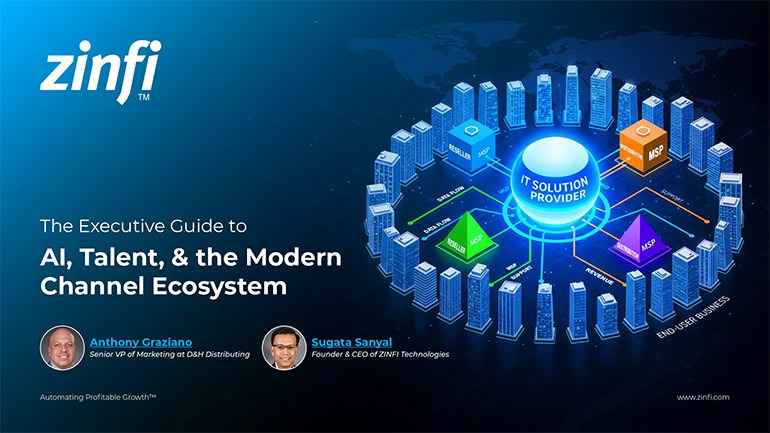 Modernizing Channel Marketing: AI and Ecosystem Enablement Best Practices
Modernizing Channel Marketing: AI and Ecosystem Enablement Best PracticesDownload for FREE
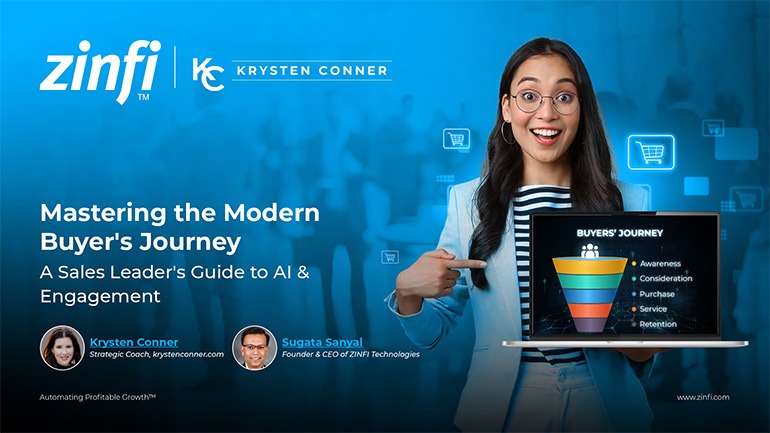 The Channel’s Shift to Partner-Led With AI Best Practices
The Channel’s Shift to Partner-Led With AI Best PracticesDownload for FREE
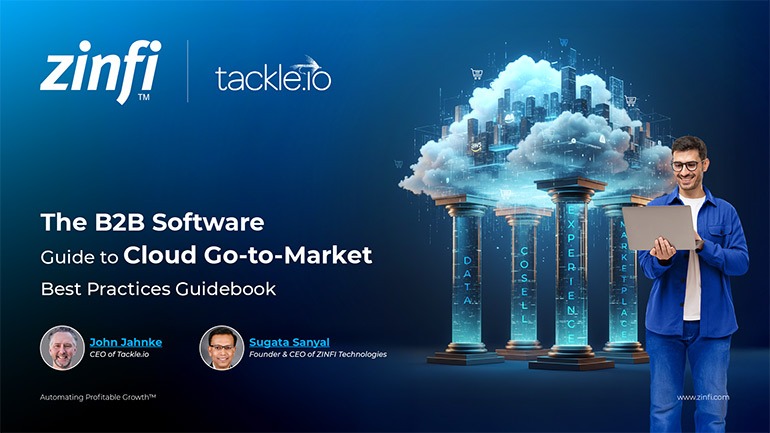 Hyperscalers, ISVs, and AI: Shaping the Future of B2B Software Distribution
Hyperscalers, ISVs, and AI: Shaping the Future of B2B Software DistributionDownload for FREE
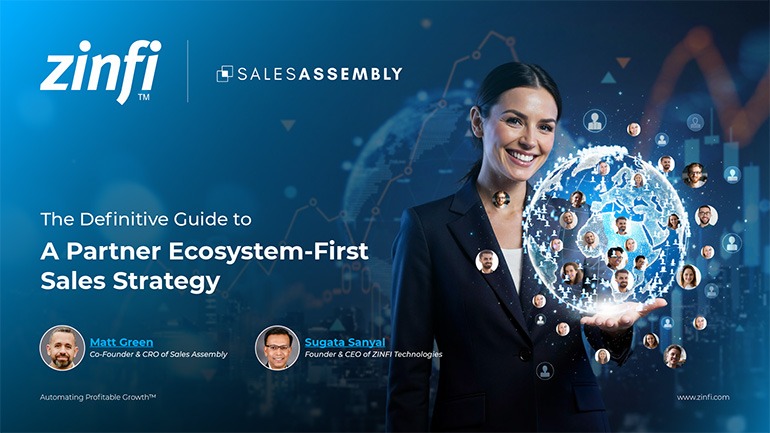 Definitive Guide to a Partner Ecosystem-First Sales Strategy
Definitive Guide to a Partner Ecosystem-First Sales StrategyDownload for FREE
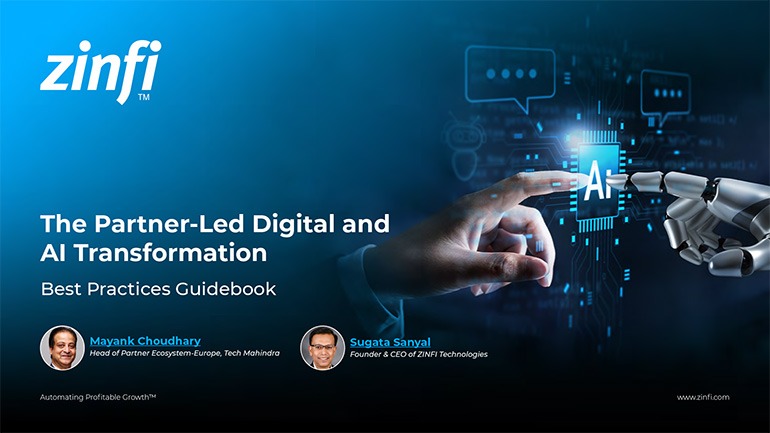 The Partner-Led Digital and AI Transformation Best Practices
The Partner-Led Digital and AI Transformation Best PracticesDownload for FREE
 Startup Talent Recruitment: Hiring Missionaries, Not Mercenaries
Startup Talent Recruitment: Hiring Missionaries, Not MercenariesDownload for FREE
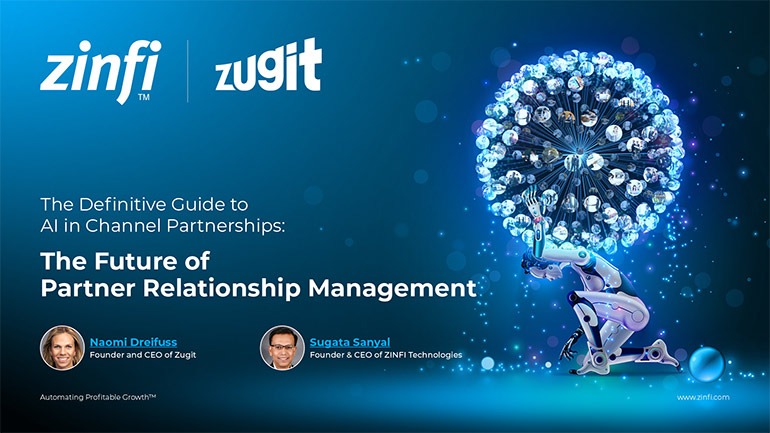 The Future of Partner Relationship Management with AI in Partnerships
The Future of Partner Relationship Management with AI in PartnershipsDownload for FREE
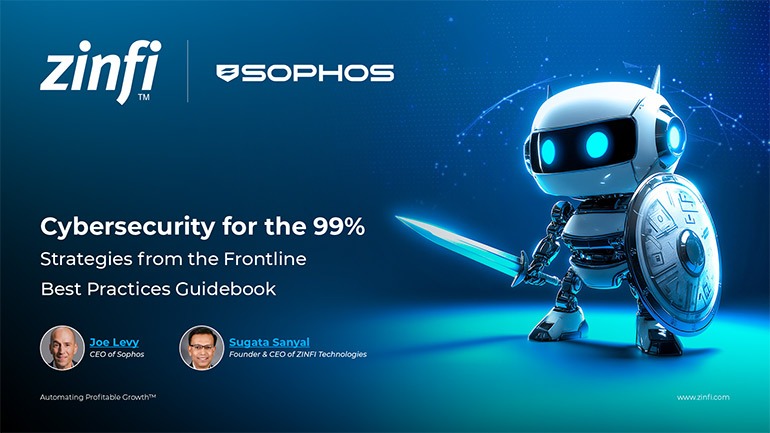 Cybersecurity for the 99%: Strategies from the Frontline
Cybersecurity for the 99%: Strategies from the FrontlineDownload for FREE
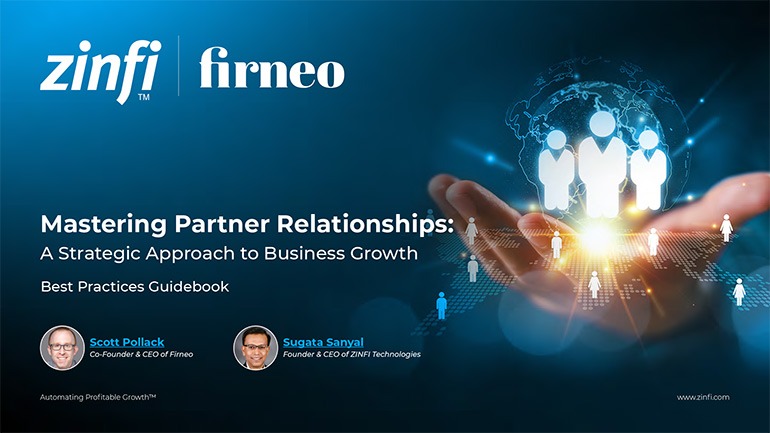 Mastering Partner Relationships: A Strategic Approach to Business Growth
Mastering Partner Relationships: A Strategic Approach to Business GrowthDownload for FREE
 Mastering Partner Relationship Management: Keys to SaaS Channel Success
Mastering Partner Relationship Management: Keys to SaaS Channel SuccessDownload for FREE
 Navigating the AI Revolution: Guide for Partners in the Microsoft Ecosystem
Navigating the AI Revolution: Guide for Partners in the Microsoft EcosystemDownload for FREE
 Mastering the Modern Buyers Journey: Sales Leader’s Guide to AI & Engagement
Mastering the Modern Buyers Journey: Sales Leader’s Guide to AI & EngagementDownload for FREE










